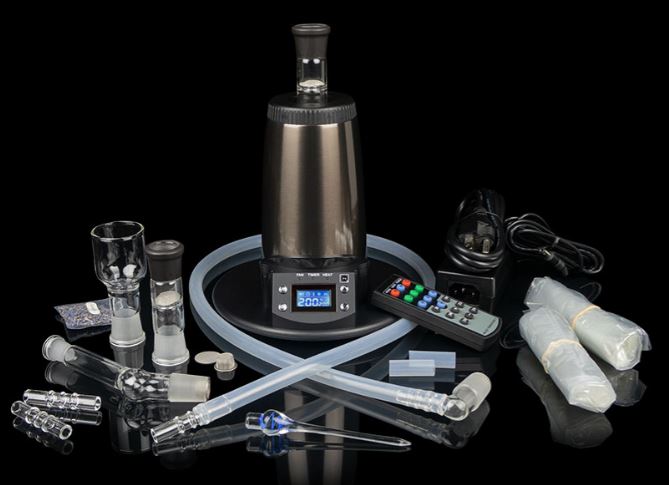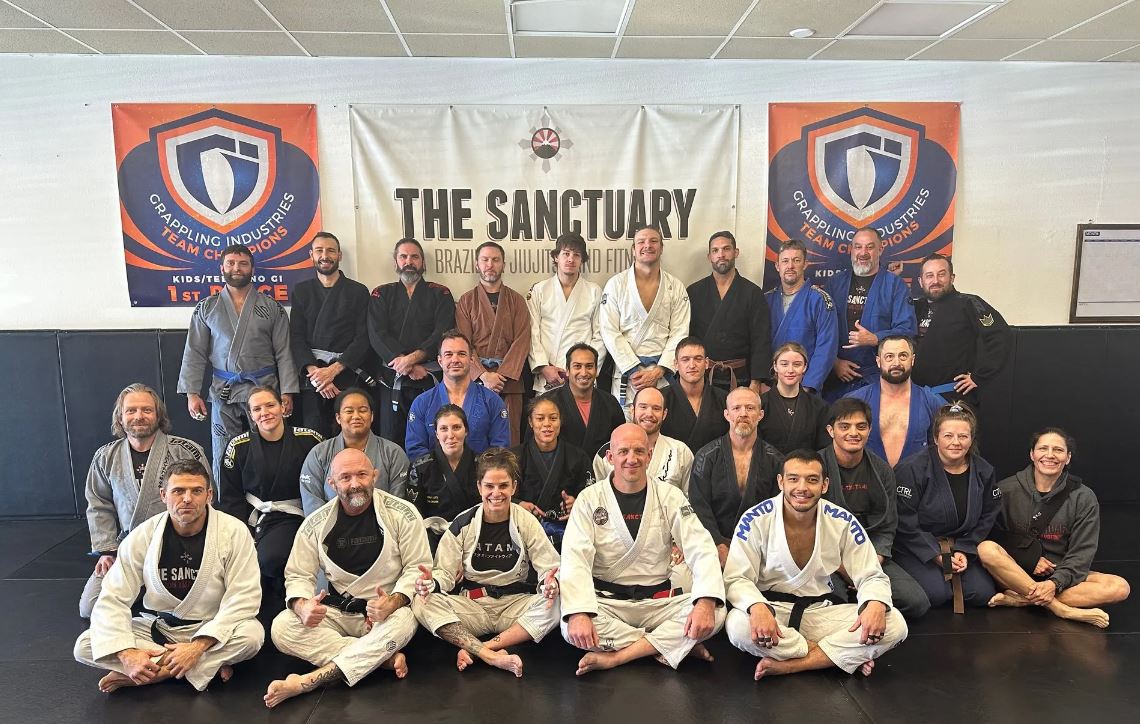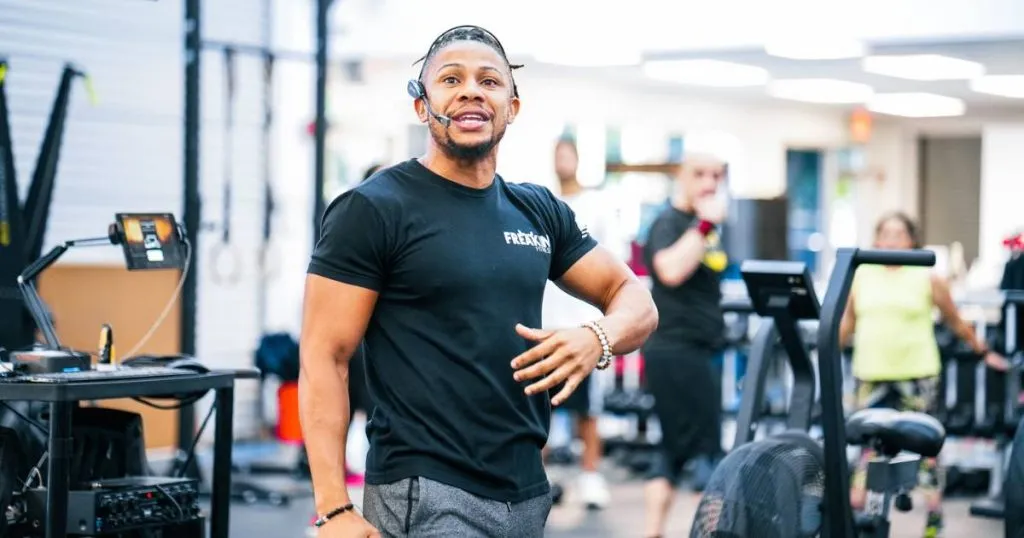Starting a fitness journey can be overwhelming, especially if you’re new to workout training Boca Raton. With so much information out there, it’s hard to know where to start or how to make the most of your training sessions. Whether you want to lose weight, build muscle, or simply improve your overall health, having a solid plan is crucial to achieving your fitness goals. This guide will provide you with the essential tips and insights to get started, focusing on the importance of personal training, finding the right fitness coach, and building an effective workout routine.
Why Is Workout Training So Important?
Before jumping into the specifics, it’s important to understand why workout training is essential. Regular exercise offers a wide range of benefits, including:
• Improved cardiovascular health
• Increased strength and muscle tone
• Better mood and mental health
• Weight management
• Enhanced flexibility and mobility
Effective workout training goes beyond just looking good; it’s about feeling better, improving your quality of life, and reducing the risk of chronic health conditions. Starting with a clear goal and a structured plan can make all the difference in staying committed to your fitness journey.
Tip #1: Start with the Right Plan
For beginners, the key to successful workout training is starting with the right plan. Having a clear goal will help guide your training sessions and keep you motivated. Here are some tips for creating a plan that works for you:
Set Clear Goals
Whether you want to lose weight, gain muscle, or improve endurance, defining your goals will help you stay focused and motivated. Fitness training is a journey, and having a goal to track your progress is essential.
• Short-term goals: Examples include completing a 30-minute workout or increasing your reps for a specific exercise.
• Long-term goals: These might include achieving a certain weight, running a 5K, or building muscle mass.
Choose the Right Exercises
As a beginner, it’s important to start with basic exercises that build a strong foundation. Focus on full-body exercises that engage multiple muscle groups, such as:
• Squats
• Push-ups
• Lunges
• Planks
• Rows
These exercises help improve strength and mobility, setting you up for more advanced moves as you progress in your workout training.
Incorporate Cardio and Strength Training
A balanced workout plan should include both cardiovascular exercises and strength training. Cardio improves endurance and heart health, while strength training builds muscle and boosts metabolism.
• Cardio: Running, cycling, swimming, or brisk walking.
• Strength training: Free weights, bodyweight exercises, or resistance bands.
Tip #2: Consider Working with a Fitness Coach or Personal Trainer
If you’re just starting out or feel unsure about your workout routine, working with a fitness training coach or personal training can make a significant difference. Here’s why:
Personalized Guidance
A fitness coach or personal trainer can create a personalized workout plan tailored to your specific goals and fitness level. This ensures that you’re doing the right exercises, using proper form, and not overloading your body too soon.
• Custom workouts: A trainer can design routines based on your goals, whether you’re training for a marathon or looking to tone up.
• Expert advice: Trainers have extensive knowledge about exercise science, injury prevention, and effective training techniques.
Accountability and Motivation
One of the biggest challenges beginners face is staying consistent. A fitness coach provides the accountability and motivation you need to keep pushing through even on the tough days.
• Regular check-ins: A fitness coach will track your progress and adjust your plan as needed.
• Increased motivation: Trainers push you to do your best, helping you achieve your fitness goals faster.
Learn Proper Technique
Proper form is essential to prevent injury and get the best results. A personal trainer can ensure you’re performing exercises with the correct form, which will reduce the risk of injury and maximize your results.
• Safety first: The right form helps you avoid strains, sprains, and other injuries.
• Better results: With proper technique, you’ll be able to work muscles more effectively, leading to faster progress.
Tip #3: Don’t Skip the Warm-Up and Cool-Down
It’s easy to skip the warm-up and cool-down phases of a workout, especially when you’re eager to dive into the main exercises. However, these steps are crucial for preventing injuries and promoting recovery.
Warm-Up
Before starting your workout training, make sure to warm up your muscles and joints with dynamic stretches. A good warm-up increases blood flow to the muscles, reducing the risk of strains.
• Dynamic stretches: Leg swings, arm circles, high knees, and lunges.
• Low-intensity cardio: A quick 5-10 minute jog or cycling on a stationary bike.
Cool-Down
Cooling down after your workout allows your body to gradually return to its resting state. It helps reduce muscle soreness and improve flexibility.
• Static stretches: Hold stretches for 15-30 seconds to lengthen muscles and prevent tightness.
• Breathing exercises: Deep breathing can help reduce stress and promote relaxation.
Tip #4: Track Your Progress and Celebrate Milestones
Tracking your progress is a great way to stay motivated and see the results of your hard work. Keep a fitness journal or use an app to record your workouts, including sets, reps, and weights lifted.
Progress Tracking Tips
• Set measurable goals: For example, aim to increase your squat weight by 10 pounds within a month.
• Take progress photos: Visual evidence of your progress can be incredibly motivating.
• Celebrate small wins: Don’t wait until you hit a huge milestone—celebrate improvements along the way, whether it’s completing a longer workout or feeling stronger during your sets.
Tip #5: Stay Consistent and Be Patient
Consistency is key when it comes to workout training. You won’t see dramatic changes overnight, but with steady effort, you will begin to notice improvements. Trust the process and stay patient.
• Stick to your plan: It’s tempting to skip workouts or stray from your routine, but consistency is the best way to make long-term progress.
• Rest and recovery: Allow time for your body to recover by incorporating rest days into your schedule. This will help prevent burnout and allow your muscles to grow stronger.
Tip #6: Nutrition Plays a Key Role
Effective workout training isn’t just about exercise—what you eat plays a huge role in achieving your fitness goals. Make sure you’re fueling your body with the right nutrients to support your workouts.
Focus on Balanced Nutrition
• Protein: Essential for muscle repair and growth. Include lean meats, legumes, and protein-rich foods.
• Carbohydrates: Provide energy for your workouts. Whole grains, fruits, and vegetables are excellent sources.
• Healthy fats: Nuts, seeds, and avocados provide essential fatty acids to support overall health.
Hydration
Stay hydrated before, during, and after your workouts. Water is essential for muscle function and overall performance.
Conclusion
Starting workout training as a beginner can be challenging, but with the right approach, guidance, and consistency, you can achieve your fitness goals. Whether you choose to work with a fitness coach or personal trainer for tailored support, or you’re going it alone with a well-structured workout plan, the most important thing is to stay committed and patient.
Remember, workout training is a journey, not a race. Celebrate your progress, stay consistent, and enjoy the process. With time, you’ll build strength, confidence, and a healthier lifestyle. So, take the first step today—your future self will thank you! private personal trainer Boca Raton


